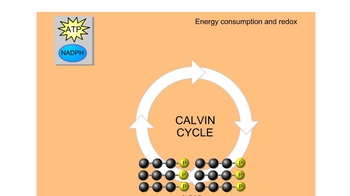9. Photosynthesis
Calvin Cycle
Problem 7
Textbook Question
Textbook QuestionApply what you know of the relationship between the light-capturing reactions and the Calvin cycle to calculate the number of photons used to produce a new G3P and regenerate RuBP. (Assume 1 ATP is produced for each pair of electrons used to form NADPH.)
 Verified Solution
Verified SolutionThis video solution was recommended by our tutors as helpful for the problem above
Video duration:
53sPlay a video:
294
views
Was this helpful?
Related Videos
Related Practice
Showing 1 of 11 videos













